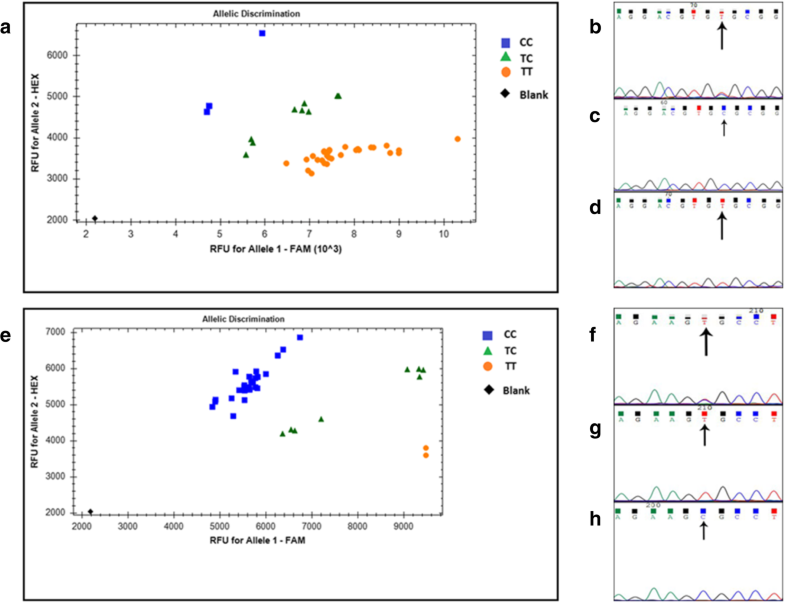



Knockdown of the selenogenes triggered a compensatory response from other selenogenes, as observed by changes in gene expression, but oxidative stress levels and endoplasmic reticulum stress inside the ticks were also found to have heightened. Gene silencing of the target genes was found to impair R. Three differentially expressed proteins, selenoprotein M, selenoprotein O, and selenoprotein S were silenced to examine their functional significance during rickettsial replication within the tick tissues. Our qRT-PCR analysis indicated that the transcripts of genes with functions related to redox (selenogenes) were upregulated in ticks infected with R. parkeri infection was found to decrease the FLE numbers but CMM thrived across the tick life cycle. ResultsįLE and CMM were quantified throughout the tick life stages by quantitative PCR in R. Here, we investigated rickettsial multiplication in the presence of tick endosymbionts and characterized the functional significance of selenoproteins during R. maculatum ticks protects them from oxidative stress during blood feeding and pathogen infections.

A range of selenium-containing proteins (selenoproteins) in A. maculatum is dominated by two endosymbiont microbes: a Francisella-like endosymbiont (FLE) and Candidatus Midichloria mitochondrii (CMM). parkeri colonizes its tick host, it has the opportunity to dynamically interact with not just its host but with the endosymbionts living within it, and this enables it to modulate the tick’s defenses by regulating tick gene expression. Amblyomma maculatum is a competent vector of the spotted fever group rickettsiae, Rickettsia parkeri. Pathogen colonization inside tick tissues is a significant aspect of the overall competence of a vector.


 0 kommentar(er)
0 kommentar(er)
